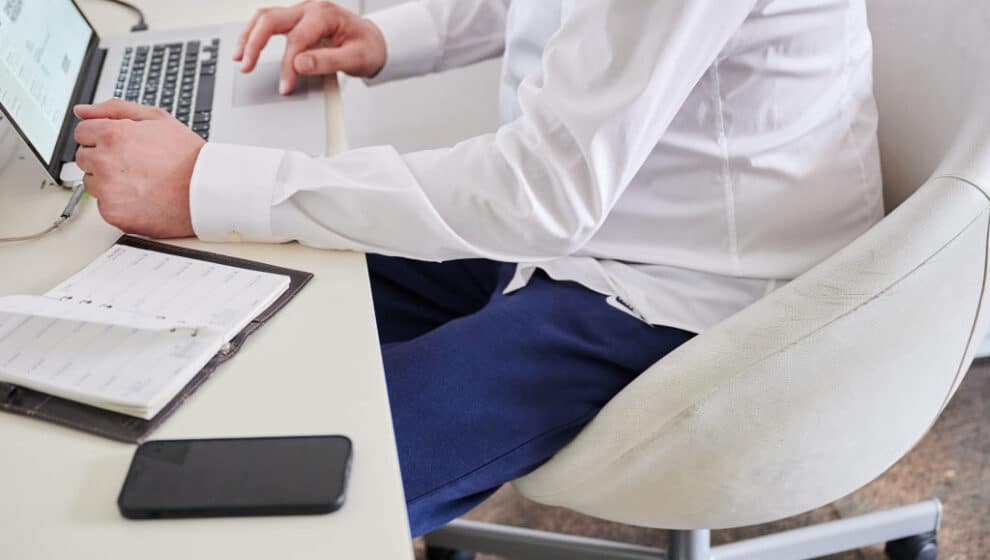Employees are beginning to discover they have nothing to lose—they have the power to make their employers more flexible.
Key Details
- The dispersal of work due to the pandemic has given more power to the employee to demand flexibility, changing old power dynamites, and pushing back against daily demands like commuting and office work.
- Bloomberg’s Julia Hobsbawm says that we are watching the rise of the “Flexetariat,” a new kind of worker.
- “The air is full of the great resignation and quiet quitting. Nearly half of senior HR leaders surveyed … are now concerned by mass turnover events,” says Hobsbawm.
- “Today the unquestioning drudge, hemmed in by the commute, has been replaced by a highly assertive worker who puts freedom and flexibility at the center of their working identity.”
- She says that we’re seeing the emergence of a new era where old workplace assumptions are dying and new paradigms will give the worker more options and power to decide “where, when, and how people work.”
Why it’s important
As we previously reported, employees are beginning to more aggressively assert their desires and preferences. AT&T and Apple have faced backlash from their staff for attempting to mandate remote workers to return to the office. As many as 50% of employees resort to “quiet quitting,” putting in the minimum to avoid being fired but refusing to go above and beyond.
Employees want the ability to decide if they can do remote work. That or they can make the decision to take their effort elsewhere.
Hobsbawm sees this new Flexetariat as a correction for the failures of the market. Skeptical employers are going to have to learn how to adjust.
“Part of the rebalancing of power is clearly connected to the historically tight labor market—making recruitment and retention regarded in some industries as a headwind every bit as significant as geopolitical instability or the energy crisis. But part of it is a failure of leaders to update their working assumptions,” she says.
“What will matter going forward isn’t jettisoning the old assumptions of a large office space to house ranks of worker cubicles, but something else entirely: a place to give people meaning and the new assumption that this isn’t all day every day in one place.”
